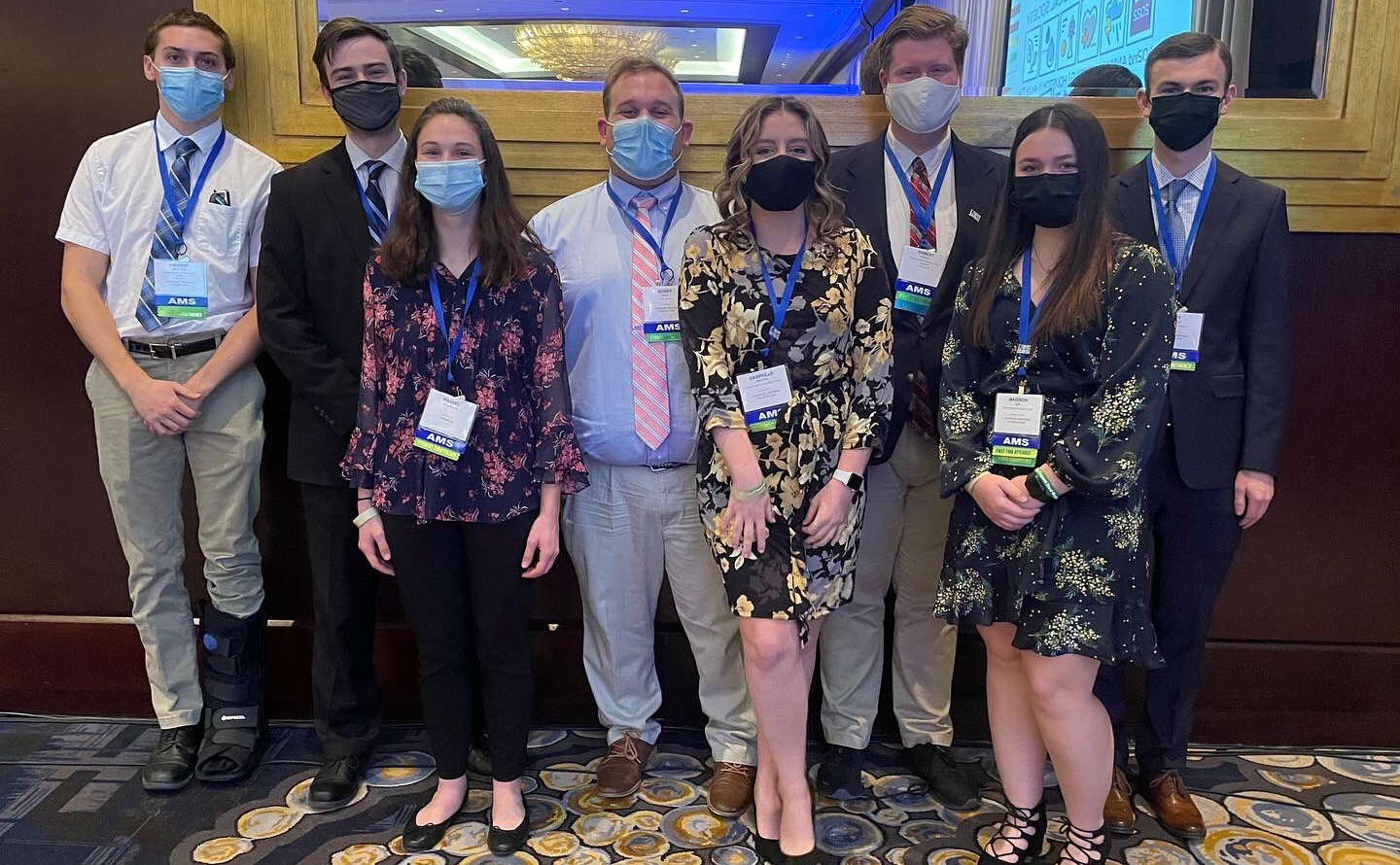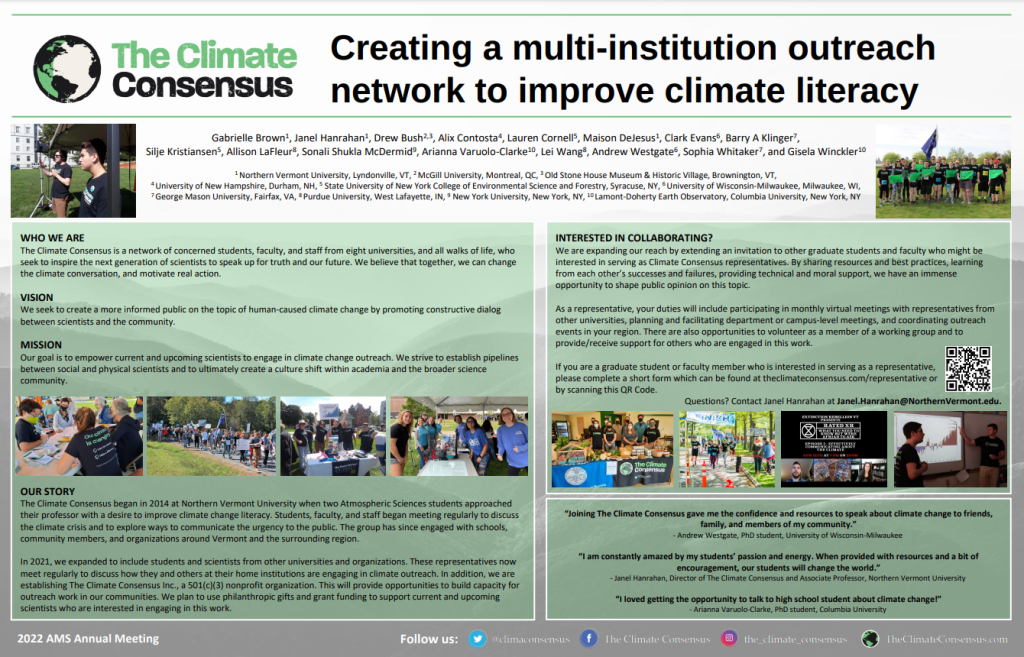Over the summer, Dr. Ari Preston and alumnus John Drugan ’20 published research about using radar and total lightning data to develop lightning cessation guidance for isolated cells in the Washington, D.C. area. Lightning ranks as one of the deadliest weather phenomena. Most deaths occur before or mainly after peak lightning activity. This is because these flashes occur at times when lightning has not yet become threatening (e.g., first flash) or is no longer deemed threatening (e.g., last flash). The commonly used 30-30 rule, where the second “30” refers to the wait time in minutes before resuming outdoor activities after the most recent lightning flash, can be a lengthy amount of time to wait, and can delay business operations including aviation, construction, sports, and community events. Developing lightning cessation guidance can therefore assist outdoor safety measures.

A total of 23 non-severe thunderstorms during the 2015–2017 warm seasons are analyzed. Radar and lightning data are superimposed using the Warning Decision Support System–Integrated Information (WDSS-II) software to develop cessation algorithms. Horizontal reflectivity and the hydrometeor classification algorithm to locate graupel are used for each convective cell. Results show that the three best-performing cessation algorithms use thresholds of (1) horizontal reflectivity ≥ 40 dBZ at −5 ◦C, (2) horizontal reflectivity ≥ 35 dBZ at −10 ◦C, and (3) graupel at −15 ◦C. Lightning is not expected 15 minutes after the threshold is no longer met for each algorithm. These algorithms are recommended for use only for isolated cells in the Washington, D.C. area. Further study is needed to draw conclusions for other convective cell types and different geographic regions.






